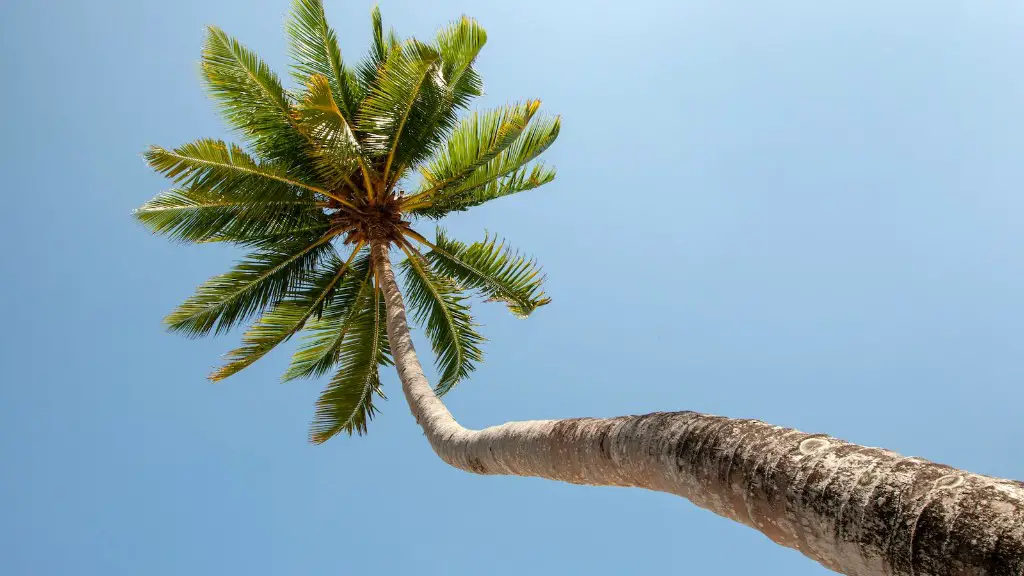Indoor Palm Trees: Natural Decoration or Plant Enemy?
Palm trees instantly evoke bucolic, tropical imagery that exudes relaxation and beauty. Many plant-lovers may think to themselves – why not bring the serenity and appeal of the tropics indoors with a beautiful palm tree? Before deciding what type of palm to purchase, you must first consider which type of palm tree is suitable for a houseplant and the best method for indoors.
Understanding the Tropical Environment
To understand how to grow and care for a palm tree indoors, it is important to recognize the environmental conditions of the tropical climates that palms evolved in naturally. Generally, palm trees thrive in an environment with high humidity, warm temperatures, access to direct sunlight, and regular watering. As home environments are typically not capable of completely replicating tropical outdoor climates, indoor palms can still thrive if their necessary conditions are adequately met.
Finding an Appropriate Place
The most suitable place to put a palm tree inside is in a south-facing window, preferably one with sheer curtains so the sun can pass through and the area does not become too warm. Positioned near the window, the palm can access sunlight for long periods of time throughout the day, as palms utilize light to create energy for growth. However, improved performance is possible when alternating shades of bright light and shadows. As a result, you may want to consider rotating your palm tree to different sides of the window in order to simulate this helpful alternation.
Optimizing Conditions
It is due to the high heat and light intensity of south-facing windows that they are optimal for fostering growth. The intense sun can evaporate water from soil quickly, ultimately leading to dehydration. In contrast to dry tropical climates, the humidity level indoors is generally much less, and the air is almost always heated, both of which can add up to an environment that is not ideal for the palm tree. As such, experts suggest regularly misting the plant to increase the humidity, as well as lowering the temperature of the space with fans or air conditioning.
Achieving Water Levels
The water regime should be paced between consistently damp and waterlogged, as overwatering or underwatering can cause devastating issues like leaf burn, root rot and pest infestation, effectively killing the palm. To prevent this it is recommended to avoid watering the soil completely if it has not dried out, as overwatering will damage the plant more than under watering.
Nutrient Management
Aside from the difficult balance between light, humidity and water, palms require particular nutrient management. As they grow and mature they become naturally adapted to their environments and become less vulnerable than smaller trees that require specific fertilizer. Generally, feeding a palm tree with a balanced fertilizer solution during its active growing season provides the right ratio of nutrients for the plant to thrive.
Adequate Sun Protection
Palm trees will suffer from the sunlight directly entering a room or from the sun’s reflection from surfaces such as tile and paint. To prevent this from occurring, use some form of sun protection such as blinds, shades or thin curtains so that the palm tree can enjoy the energy from the sun without any damage.
Tips for Maintaining Indoor Palm Trees
Consistent care and effort is necessary for maintaining healthy palms indoors. Here are a few major tips to bear in mind when caring for indoors palms.
- Choose the right type of palm tree for indoor growth.
- Make sure your palm has enough light, intense but alternating (from behind sheer curtains).
- Maintain an adequate temperature, Humidity and water levels.
- Rotate your palm from side to side of the window to simulate the alternation of shades.
- Fertilize in the tree’s active growing season.
- Protect the palm from sunlight coming directly through the window or reflected from surfaces.
What to Do When an Indoor Palm Tree Starts to Show Stress Symptoms?
Most of the time, an indoor palm tree starts exhibiting signs of distress as a result of its environment not being well suited to its needs. If this is the case, the most helpful action is to assess and adjust the temperature, humidity, light and water conditions. Careful attention must be paid to water levels and drainage to avoid the hazards of overwatering or underwatering.
Preventing Escapees and Invasive Intruders
While indoor palms can pose problems, it’s also worth noting that some of the more hardy, invasive types have been known to establish themselves in the wild after escaping from indoors. Though escapes are rare, considering the neighborhoods’ climates and soil compositions before buying a palm will make unwanted population explosions in the area less likely.
Choosing a Species
When deciding on a species of palm tree for indoor cultivation, picking one from the short list of suitable candidates is key. Species resistant to drought and with low light demands are best, as they are better suited to household conditions. Some popular kinds of palms that can be grown indoors are: Parlor Palm, Dwarf Date Palm, Bamboo Palm and Kentia Palm, although they all differ in their preferred temperatures and environmental conditions.
Final Say
One of the most important requirements of caring for palm trees indoors is selecting the right species for your available environment. Purchase indoor palms from reputable nurseries or online companies and follow the instructions carefully. Make sure the environment is suitable and conducive to the palm tree’s growth and with due diligence and care, the beauty of tropical indoor palms can be achieved.
Conclusion
Growing palms indoors can be an enjoyable and rewarding experience. However, it requires a keen eye for subtle signs of distress, care for water and nutrient levels and a modicum of patience. Ultimately, with the right environment, species, and effort, a beautiful, healthy palm tree, thriving indoors, can be achieved.



